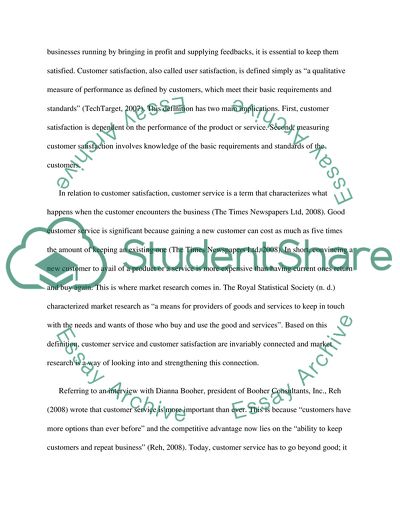Cite this document
(“Advanced Strategic Management- International Airline Industry Essay”, n.d.)
Advanced Strategic Management- International Airline Industry Essay. Retrieved from https://studentshare.org/miscellaneous/1546525-advanced-strategic-management-international-airline-industry
Advanced Strategic Management- International Airline Industry Essay. Retrieved from https://studentshare.org/miscellaneous/1546525-advanced-strategic-management-international-airline-industry
(Advanced Strategic Management- International Airline Industry Essay)
Advanced Strategic Management- International Airline Industry Essay. https://studentshare.org/miscellaneous/1546525-advanced-strategic-management-international-airline-industry.
Advanced Strategic Management- International Airline Industry Essay. https://studentshare.org/miscellaneous/1546525-advanced-strategic-management-international-airline-industry.
“Advanced Strategic Management- International Airline Industry Essay”, n.d. https://studentshare.org/miscellaneous/1546525-advanced-strategic-management-international-airline-industry.


